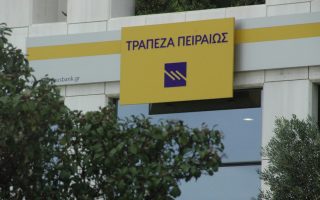Still no sign of an end to NPL growth in Greece

All efforts to contain the growth of nonperforming loans in Greece have failed so far, as bank sources admit that less than half of debtors who have entered a payment program have stuck to it, and that they represented only a small fraction of bad debtors anyway (about one in 10), while strategic defaulters amount to some 20-25 percent, according to estimates.
As the government prepares the framework for the concession of certain categories of NPLs to private companies, with the involvement of local banks too, estimates show that bad loans increased by 10 billion euros, or 9 percent, last year, climbing to 117 billion euros.
In contrast to the government’s insistence on excluding all loans secured by primary residences from the debt sale, the creditors are in favor of selling loans of all categories.
Besides strategic defaulters, there are also a significant number of bad debtors who could have settled their debts by paying a small amount such as 150 or 200 euros per month, but have not. A quick glance at the history of the various payment schemes (excluding debtors with real financial problems, such as the unemployed) reveals that these debtors’ main reason for not servicing their obligations is knowing that there would be no penalties, given that repossessions were forbidden.





